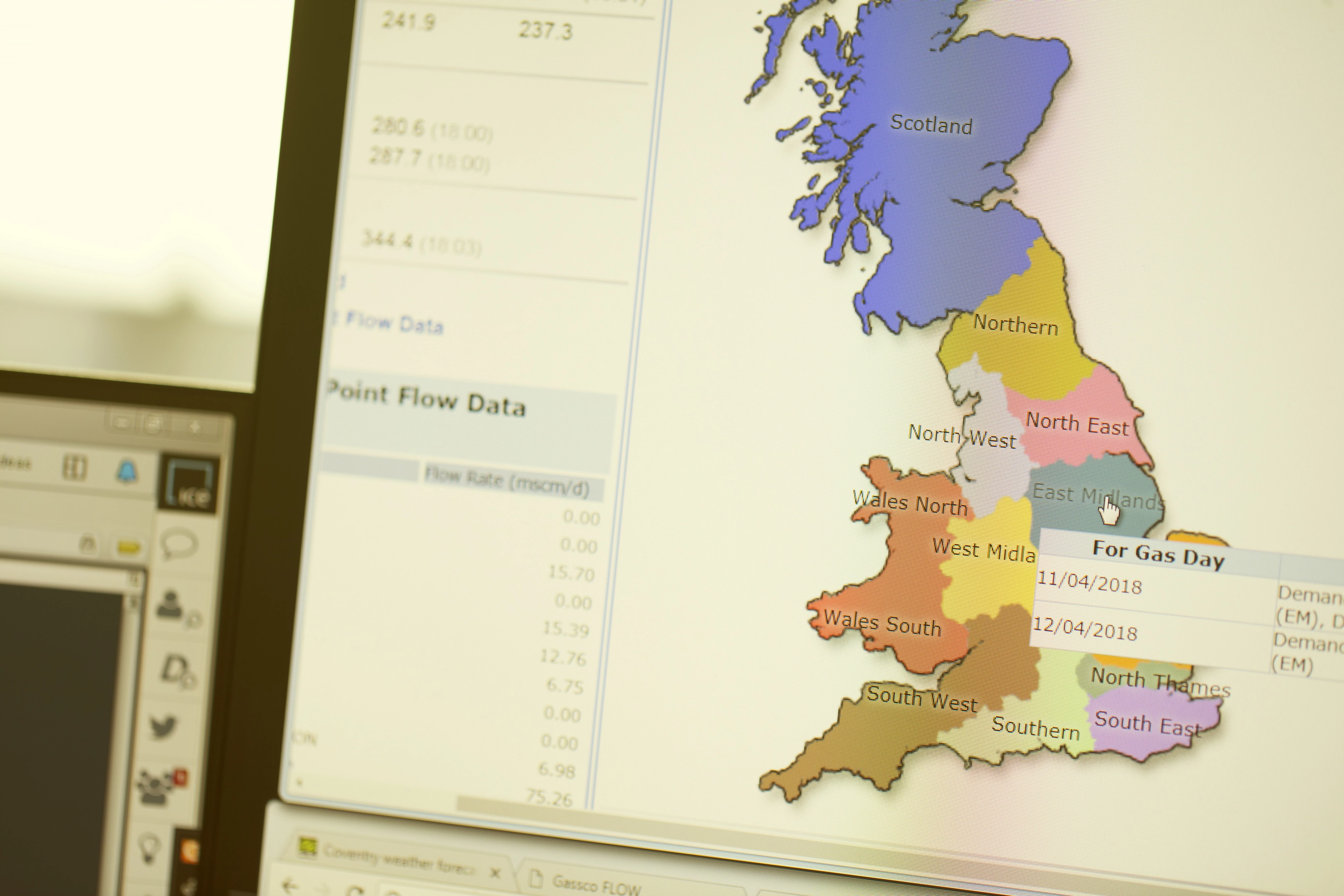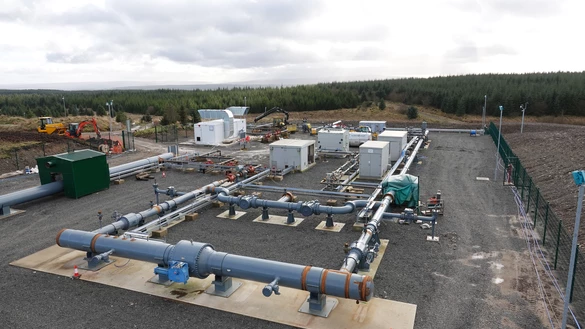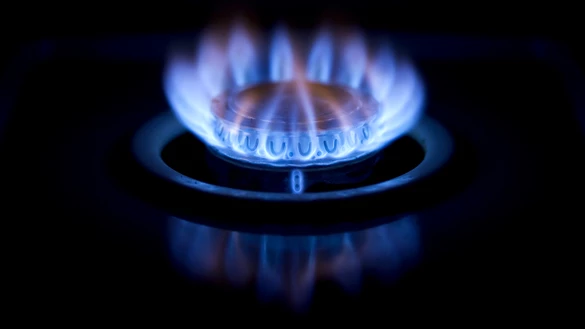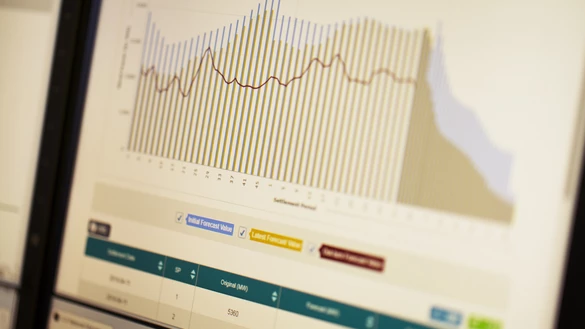- Back
- Balancing
- Capacity
- Charging
- Connections
- Data and operations
- Land and assets
-
Insight and innovation
- Back
- Home
- Insight and innovation
- Transmission innovation
- Summer Outlook
- Winter Outlook
- Gas Ten Year Statement (GTYS)
- Gas Future Operability Planning (GFOP)
- The future of gas-fired generation
- Understanding within-day behaviour
- Identifying future drivers of change
- Changing supply patterns
- Future of gas
- Stakeholder resources

How gas can build a greener Britain
After our latest report into the future of gas, How Gas Can Support a Low Carbon Future, Nicola Pitts, Head of Market Change, Gas, explains the critical role it has to play in making the UK greener and its economy stronger all the way to 2050 and beyond.
At the end of 2016, we launched our Future of Gas programme to encourage debate on the role that gas needs to play in the UK’s future energy mix.
Since then, we’ve put together three key documents based on robust research, evidence and the views of a broad range of stakeholders to provide the latest insights into the future role of gas and the transmission system.
We recently published our conclusions report, The Future of Gas: How Gas Can Support a Low Carbon Future, which offers our vision for how gas can support the push to radically reduce greenhouse gas emissions by 2050.
It draws together the views of 148 customers, consumers and stakeholders from across industry, government and the environment, and summarises our conclusions.
Wide-ranging industry agreement
When we launched the document at an event on 9 March, it was clear that stakeholders across the industry believe gas has a long-term future as a flexible, reliable and cost-effective energy source. There are plenty of statistics that back this up.
In 2016, for example, total gas demand in the UK increased by 12.5% to 897 TWh (terawatt hours), with 42% of electricity also generated from gas. Tens of thousands of new customers are still connecting each year to the transmission and distribution systems, and since 2007, almost 96,000 connections have been made specifically to address fuel poverty.
Did you know, too, that the gas networks deliver three times more energy than electricity networks? They also support the electricity system as a form of energy flexibility and storage.
Our keynote speaker at the launch event, Scott Foster, Director of the Sustainable Energy Division at the United Nations Economic Commission for Europe, said: “I hear all the time that gas is an interim solution, but we believe there will be a role for gas for a long time.”
Mission to decarbonise gas
There was agreement, too, that operating the energy system is becoming increasingly challenging for electricity and gas. This creates a need for more interaction between these systems, which we refer to as whole energy system thinking. In other words, everyone needs to work in partnership to build a low carbon future, and a strategy to decarbonise gas has to be part of this.
But getting there won’t be easy. One of the biggest challenges centres around the decarbonisation of heat. As Ofgem has said: “The decarbonisation of heat is arguably the biggest challenge facing UK energy policy over the next few decades.”
Currently, four out of five of the UK’s 26 million homes use gas for heat, and this creates more than a quarter of UK carbon emissions. For the decarbonisation of heat to be successful, around 20,000 homes will need to switch to a low carbon heat source every week between 2025 and 2050.
This will require a mix of solutions, such as using natural gas alongside greener alternatives like hydrogen and biogases, electric heat pumps, combined heat and power (CHP) facilities and district heat networks.
What we want to see now is a clear message from the government on its preferred approach to decarbonising heat. This will give more confidence to investors and encourage the market to fund the research that’s urgently needed into fully harnessing the potential of green gases.
We want the same policy clarity around the decarbonisation of transport, which is responsible for 26% of greenhouse gas emissions. Alongside a growing role for electric, hybrid and potentially hydrogen fuel cells for passenger cars, there’s a big opportunity to reduce carbon emissions and roadside NOx by switching heavy transport from diesel to gas (and decarbonised gas in the longer term).
Responsibility here falls on regional and local authorities, who have the power to lead the way and develop the role of gas as a fuel for heavy vehicles, such as HGVs and public transport.
Playing a critical role
However you look at it, when it comes to decarbonising industry, developing a whole energy system or developing future networks and markets, gas is critical. It’s a major part of the solution for decarbonising heat and transport, improving air quality, supporting a strong UK economy and delivering a secure energy supply.
We plan to play an active role in building a gas system capable of decarbonising homes and businesses. We’ll work hard to come up with new ways to get the best from gas and we’ll support other innovations in our industry, such as:
- looking at the creation and storage of biogases in more detail through our sponsorship of the Carbon Connect Future of Gas work;
- exploring different hydrogen market models and what they mean for running the gas system;
- studying the impact of more hydrogen on the gas transmission system, so we can put it to its most effective use.
Right now, around 284,000 km of pipes – enough to go six times around the world – are keeping the UK warm and fed. The question isn’t whether the gas transmission and distribution networks have a long-term future, but how we best keep them healthy and able to support low carbon ambitions. Like a well-built home, they now need care and attention to make them fit for future generations.



